
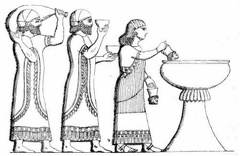 Filling the wine cups at a feast
Filling the wine cups at a feast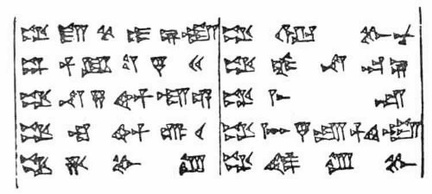 Assyrian Wine List
Assyrian Wine List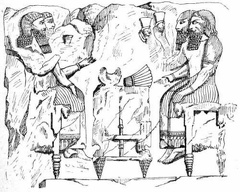 Assyrians drinking
Assyrians drinking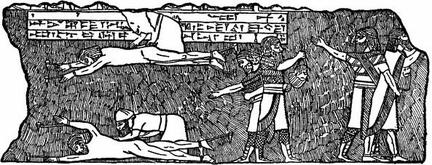 Assyrians Flaying Prisoners Alive
Assyrians Flaying Prisoners Alive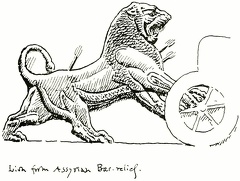 Lion from Assyrian Bas-relief
Lion from Assyrian Bas-relief Assyrian Harpist , beating time with his foot
Assyrian Harpist , beating time with his foot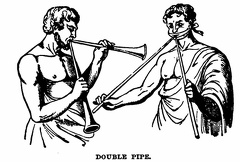 Double Pipes
Double Pipes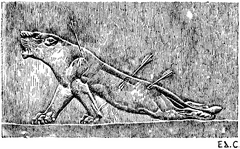 Wounded lion
Wounded lion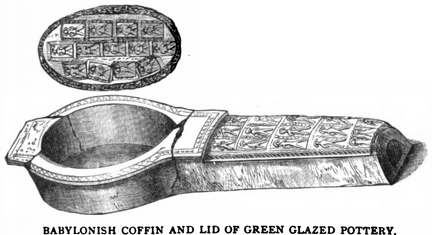 Babylonish Coffin and Lid of Green Glazed Pottery
Babylonish Coffin and Lid of Green Glazed Pottery Assyrian Warrior (temp. Sargon II)
Assyrian Warrior (temp. Sargon II)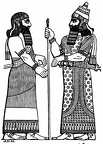 An Assyrian King and His Chief Minister
An Assyrian King and His Chief Minister Mythological Personage
Mythological Personage King Assur-nasir-pal
King Assur-nasir-pal King Assur-nasir-pal
King Assur-nasir-pal Assyrian
Assyrian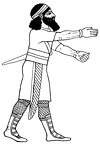 A hunter
A hunter A captive of Sennacherib
A captive of Sennacherib Queen of Assur-nasir-pal
Queen of Assur-nasir-pal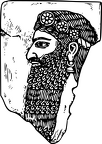 Assyrian Bas-relief
Assyrian Bas-relief Genius in the attitude of adoration
Genius in the attitude of adoration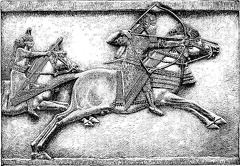 Assurbanipal at the chase.
Assurbanipal at the chase. Statue of Nebo
Statue of Nebo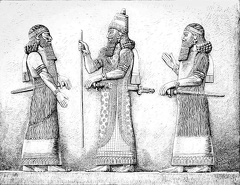 The King Sargon and his Grand Vizier
The King Sargon and his Grand Vizier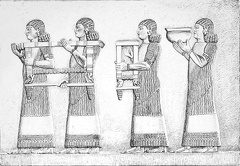 The suite of Sargon 2
The suite of Sargon 2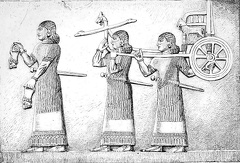 The suite of Sargon
The suite of Sargon Anou or Dagon
Anou or Dagon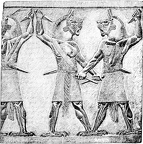 Demons
Demons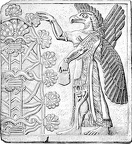 Eagle-headed divinity
Eagle-headed divinity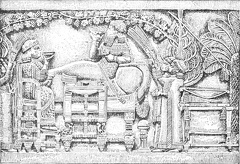 Feast of Assurbanipal 2
Feast of Assurbanipal 2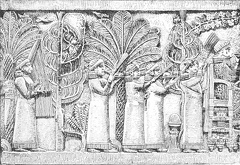 Feast of Assurbanipal
Feast of Assurbanipal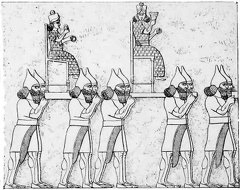 Gods carried in procession 2
Gods carried in procession 2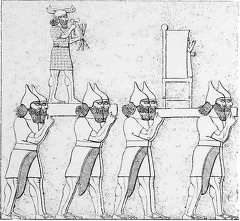 Gods carried in procession
Gods carried in procession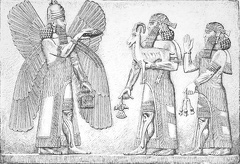 Offerings to a god
Offerings to a god



